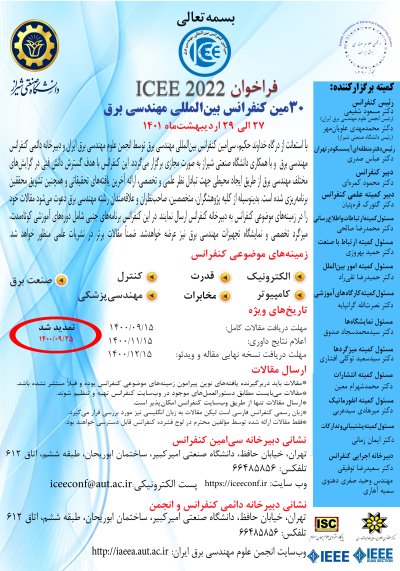0% Complete

نویسندگان :
کلمات کلیدی :
چکیده :
لیست مقالات بایگانی شده
Hassan Mokari - Elnaz Firouzmand - Iman Sharifi - Ali Doustmohammadi
محسن صفرزاده - سیدمرتضی میرباقری
Marziye Azad - Babak Nasersharif
Saeed Mousavi - Sara Ashrafi - Mehdi Delrobaei
محمد حسین رنجبر - محمدجواد گل علی پور
Ahmad Siavashi - Mahmoud Momtazpour
Soroush Mesforush Mashhad - Mojtaba Amiri - Ali Olfat
Sahar Bayat - Zahra Bahrami - Asghar Keshtkar
محمد شکرپور - محمد حسن یاوری
Yasin Hasanpoor - Amin Rostami - Bahram Tarvirdizadeh - Khalil Alipour - Mohammad Ghamari





